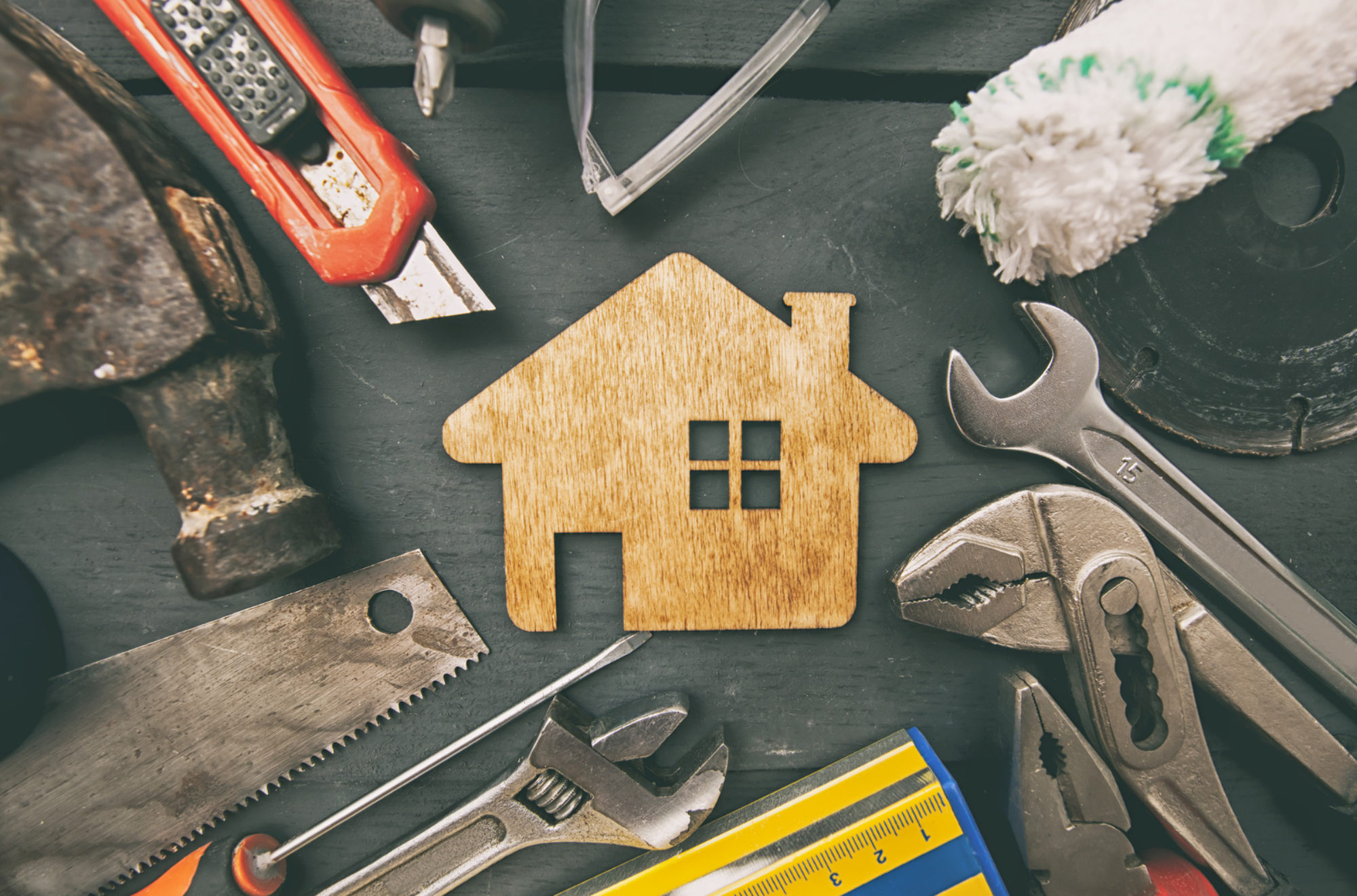Basement Finishing – 5 things to Consider Before you Start
Have you been thinking about basement finishing or remodeling? For many homeowners, the basement is nothing more than extra space for storage. But did you know that space can be used in a much more effective way? By remodeling the lower level of your home which we often refer to as basement finishing, you can transform it into something the entire family would love to hang out in.

Some great basement remodeling ideas include turning it into a home theater room, a playroom, a basement office, or even a craft room.
No matter how you choose to transform the space in your basement, one thing is for sure, a finished basement can add immense value to your home.
With that being said, here are a few things you will want to consider when it comes to basement finishing.
You May Need Building Permits for Basement Finishing projects
Before starting your remodeling project check with local officials to see if any building permits are needed. This is especially important if you will be doing plumbing or electrical work as both will require an inspection.
Consider Natural Light Sources for Basement Remodeling
If it’s possible, plan to have windows and doors that supply the basement with natural light. All openings will need to be cut out before any other work begins.
Be sure to seal off the rest of the home before you start cutting. Doing so will prevent masonry dust from spreading throughout the home.
You should also have a building professional inspect all surrounding walls to ensure they are able to handle the increased structural load.
Ensure You Have Good Drainage
The last thing you want in a finished basement is a moisture problem. And while most homeowners will opt to install a dehumidifier, doing so will cause more harm than good.
The key to preventing moisture build-up in a finished basement is to ensure there is good drainage. The bathroom and kitchen should have good ventilation. During the warmer, more humid months, avoid opening the windows.
Install vapor retardant between interior stud walls and floors, as well as between foundation walls and floor slabs.
How Will The Ceiling Be Finished
It’s very common for homeowners to use drywall ceilings in their basement. And while drywall is a great option, there is one big problem, it tends to flake very easily. Over time you will find that it looks more like a jigsaw puzzle than an actual ceiling.
A better option would be drop ceiling tiles. The great thing about drop ceiling tiles is they can be easily moved. This makes it a lot easier to access things such as electrical hookups or plumbing pipes.
Have an Escape Route
All finished basements must have an escape route. It is vital people can easily get out if something should happen.
While building codes are different in every city, many require egress windows as a matter of safety. Egress windows are designed to make it easy for occupants to escape from a room in the event of an emergency.
Building codes require all egress windows be large enough for a fully equipped firefighter to be able to get through. Hinged outside access doors are also a great option if you are unable to install egress windows.
A Final Word on Basement Finishing
When it comes to finishing a basement the biggest challenge you will run into is figuring out how to work around obstructions. The most common obstructions are water pipes, plumbing drains, electrical wires, and heating ducts.
If you have no experience with this type of home improvement project it would be best you leave it to a professional such as Basement Remodel South Shore. They will be able to help you come up with a basement design that fits both your budget and the unique design of your space. Also, if you need professional painting see our blog post on painting ideas.
